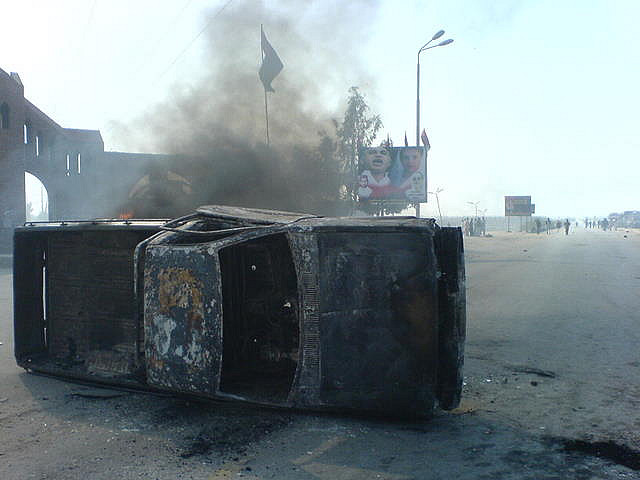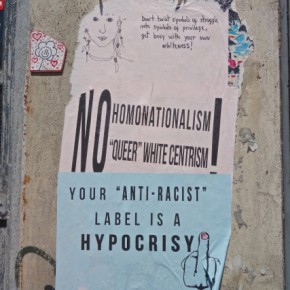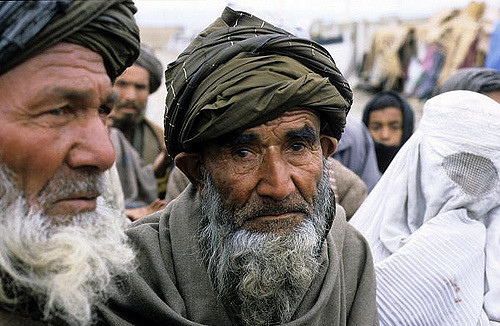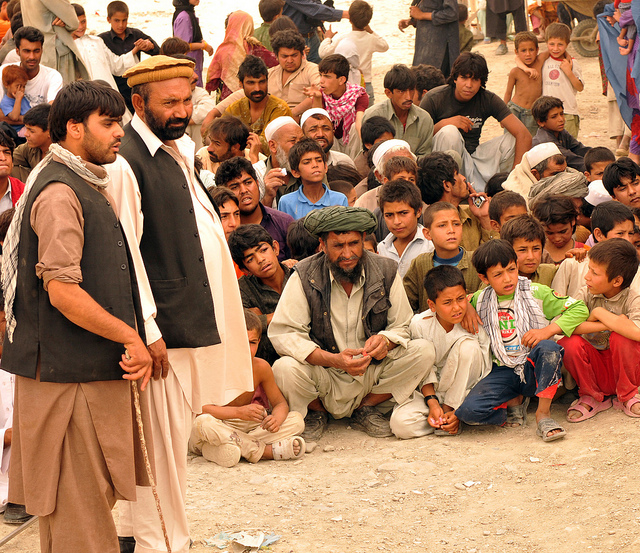Pakistan has a Bhutto problem. Now reaching a third generation, its latest incarnation is the current chairman of the Pakistan People’s Party: 24-year-old Bilawal Bhutto. The young aristocrat follows a line of succession that includes his father, outgoing President Asif Ali Zardari, his mother, assassinated former Prime Minister Benazir Bhutto, and most importantly, his grandfather, popular statesman Zulfikar Ali Bhutto.
The Bhuttos have managed to turn leadership of the PPP into a quasi-feudal enterprise mainly because of Z.A. Bhutto’s tremendous clout and influence.
The popular leader drastically changed the course of Pakistani politics, and is therefore crucial to understand if any substantive democracy is to be secured in the perpetually crisis-ridden country. Unfortunately, much of what needs to be understood is not pleasant. Z.A. Bhutto is often painted by Pakistani liberals to be a hero of socialist (though more accurately termed ‘social-democratic’) policy. His successes should be acknowledged, such as an initial improvement of workers’ rights, major constitutional reform that strengthened parliamentary democracy in the country, and important agricultural changes that limited the powers of feudal lords, among others.
Bhutto also deserves credit for an ambitious project of nationalization that targeted many areas of the Pakistani economy, despite its many failures. The program happened to contain many ill-conceived aspects, such as an extension of its efforts to the country’s petty-bourgeois small industries. They were also worsened significantly by other factors, such as the secession of East Pakistan, a decline in foreign aid and investment (that Bhutto attempted to address with later exceptions to international investment which alienated many of his leftist allies in the PPP,) and the 1973 oil crisis, which in no small part contributed to Pakistan’s economic stagnation.
It is likely that nationalization would have led to better results in a more stable political context. However, it did have some positive consequences, such as helping to trigger a sharp reduction in absolute poverty that continued into the 1980s. It was only in the 1990s, with the birth of neoliberalism, that poverty levels began to increase once again, in the absence of strong federal oversight and anti-corruption efforts. However, it is also true that many of the program’s failures spawned from Bhutto’s uncompromising nature, and his violent intolerance of dissent towards his policies.
And it is here where Pakistanis must face reality about Bhutto. Although elected on a social-democratic platform, Bhutto pursued many of his objectives in a decidedly anti-democratic manner. Numerous groups clashed with him as a result, with three being particularly important: Bengalis, Balochis, and the Left.
Bhutto’s politics had contained a militant strain even before he was an important political leader. After being appointed Foreign Minister in 1963, he was a proponent of Operation Gibraltar, and used the strength of a Sino-Pakistani alliance to issue the dramatic statement, “Kashmir is to Pakistan, what Berlin is to the West.” He was one of many leaders in both Pakistan and India during the period to be discussing Kashmiris’ futures without Kashmiris having a voice. Bhutto’s blind nationalism was important in the buildup to outright war in 1965, and his efforts were part of the reason that he was ejected from his post following the 1966 Tashkent Agreement.
After forming the PPP in 1967, and contesting the 1970 elections, Bhutto, together with interim leader Yahya Khan, faced a majority victory by the Bengali-nationalist Awami Party in East Pakistan. Bhutto, who had swept West Pakistan, refused to recognize the Awami Party’s victory, viewing it as a step towards secession. After an attempt to produce a coalition government failed, he supported the delayed opening session of the National Assembly. Eventually, this support came to include full military intervention against the proclaimed independence of Bangladesh that was the culmination of deep trends of discrimination, which included open racism from many of West Pakistan’s leaders, although Bhutto distanced himself from this publicly.

Bhutto’s resentment of Bengali leaders and constant efforts to fight East Pakistani preeminence are among the most unsettling aspects of the Bangladeshi war of independence. Although accounts of Bhutto’s involvement vary, there is no disputing the fact Pakistan’s military response would have been impossible without his backing. Khan’s racist rhetoric and statement of “kill three million of them and the rest will eat out of our hands” that preceded the war required at least some support from Bhutto in order to be tenable. A large part of understanding the war, and accepting its full consequences, means admitting that Bhutto’s feudalistic and self-serving behavior made many of Pakistan’s military excesses (such as Operation Searchlight) possible.
After a prolonged state of emergency, Bhutto officially recognized Bangladesh on 2 July 1972 through the Simla Agreement. One nationalist struggle was soon followed by another, as Pakistan’s long-neglected southwestern province of Balochistan was once again embroiled in calls for independence. Rather than reacting to the crisis democratically, and addressing the deep problems of development and nation-state violence in the province, Bhutto responded drastically. He dismissed the provincial government (after allegedly seizing Iraqi weapons intended for the insurgency,) arrested officials, and authorized an armed intervention to crush Balochi rebels. These aggressive moves led to a conflict from 1973 to 1977 that claimed thousands of lives. The war also still affects political discourse regarding Balochistan, as core grievances have not been resolved and demands for independence are still strong (separatist parties posted major gains in Balochistan after May’s national elections.)
And as if these anti-democratic bursts of state violence were not enough, Bhutto adopted increasingly hard-line attitudes towards the leftist movements that supported him. Although he theatrically paraded handcuffed industrialists in front of television cameras in January 1972, and announced major land reforms in March, his policies began to change in June of that year. The World Bank asked Bhutto to control the Pakistani labor situation, which led to the shooting of thirty workers during a demonstration in Karachi. Railway workers were soon on prolonged strike, mainly because Bhutto’s supporters had begun to notice that he had very suddenly turned away from socialist politics. Bhutto instead started to embrace Pakistan’s landed elite, which led to leftists in the PPP either being mistreated, or leaving the country.
The PPP quickly became a more right-wing party, and without anti-authoritarian rhetoricians, Bhutto was left without a mass power base that could firmly support him against a coup d’etat. This combined with numerous other factors, such as distance from the United States for pursuing nuclear weapons, and a prolonged political fight against a state-capitalist military bureaucracy. Ultimately, Bhutto could not play an arbiter between the Left and Right, and the mobilized masses that carried Bhutto to electoral victory found his leadership frustrating. These feelings eventually led to his 1977 ouster by General Zia ul-Haq without significant popular discontent, and after that, his execution in 1979.
I often hear of Z.A. Bhutto described as a paragon of socialist virtue. The reality of the matter is much more complicated, as his economic policies were flawed, and much of his governance was plagued by unnecessary violence. Bhutto should be respected for his accomplishments, but he is hardly the best that Pakistan can do in terms of left-wing leaders with a strong socialist base. Less attention should be paid to Bhutto. While he remains significant, Bhutto is only one part of a much bigger national history. It’s time we explored that history without illusions, which means demystifying the Bhutto family, and focusing more on the mass movements who made its fiefdom possible in the first place.
Photographs courtesy of Murtaza Chang and the BBC World Service. Published under a Creative Commons license.





